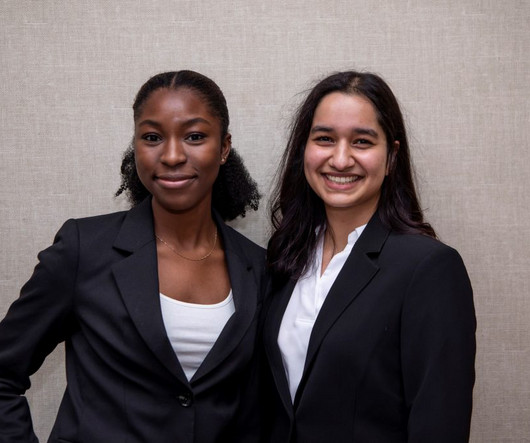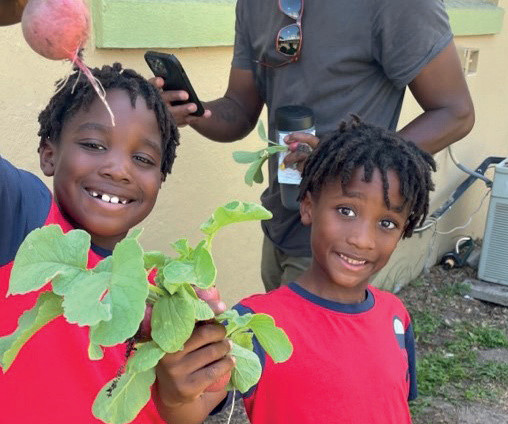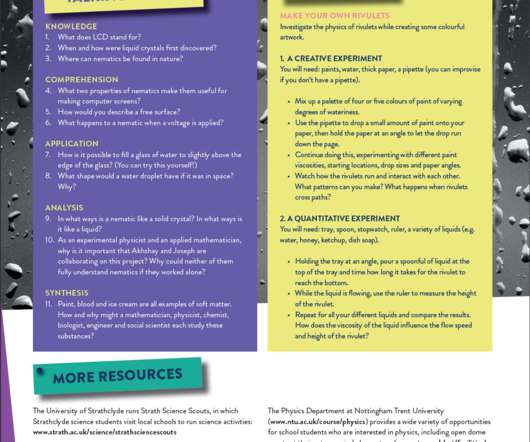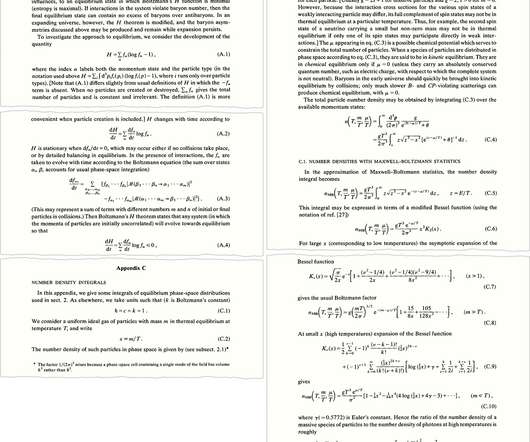How we read: the neuroscience behind literacy
Futurum
SEPTEMBER 5, 2023
While it is obvious how sight is involved in reading, research has also uncovered the important roles of hearing and touch. In goal-based training, individuals set their own goals associated with reading and we design activities to help them achieve them.” Our eyes, ears and touch systems all play important roles in reading.”














Let's personalize your content